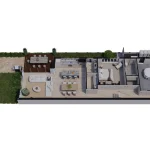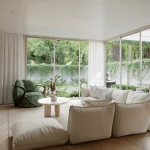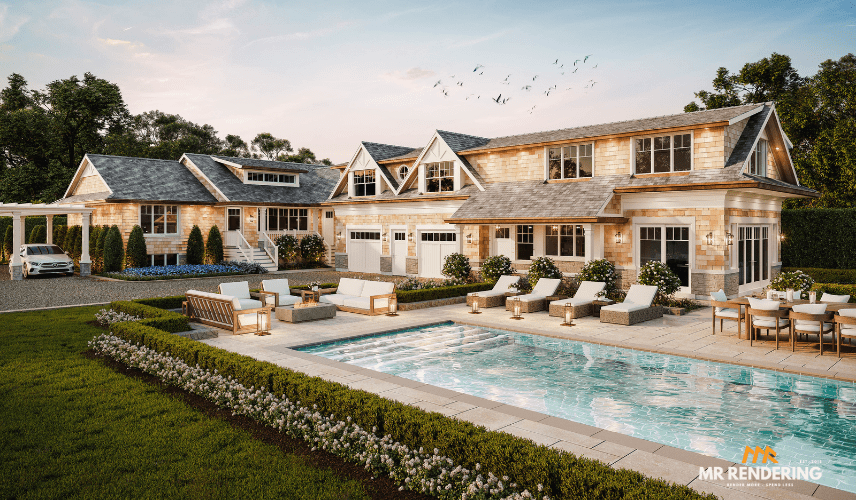
3D Rendering for interior design is more than just creating images; it’s about providing solutions to your clients’ biggest business challenges. Many studios fall into the trap of selling their services as a commodity, focusing on technical specs like price per image, resolution, and turnaround times. This approach can lead to a “race to the bottom” in a competitive bidding war, where the true value of your work is often lost.
Instead of showcasing stunning portfolios and seeing your service treated as an optional expense, it’s time to shift your sales and marketing conversation. The most successful, high-margin studios understand that their clients are not simply buying renders; they are investing in outcomes. This article is designed as a playbook to help you, the creator and studio owner, move away from selling pixels and start selling the tangible results and solutions your work provides.
1. The Client Blueprint: What an Interior Designer Really Buys
Before we can change our sales pitch, we must deeply understand who we’re selling to. Our primary client for 3D rendering for interior design—the independent designer or small studio owner—is not just creative. They are entrepreneurs, juggling a dozen tasks at once.
Our insight analysis reveals their core business challenges are not technical, but commercial:
The Client Persuasion Problem
They struggle with the “imagination gap.” Trying to get clients to approve a vision from mood boards alone often leads to hesitation, which can kill deals and stall projects. High-quality architectural visualization and 3D interior rendering can bridge this gap by providing a clear, realistic vision of the final space, building client confidence from the start.
The Profitability Problem
Client uncertainty leads to endless revision cycles that eat away at profit margins. Every hour spent on tweaks due to a misunderstanding is an hour not spent on billable work or acquiring new clients. By using 3D Rendering for interior design to present a clear, compelling vision upfront, you can reduce revisions and protect your clients’ bottom line.
The Growth Problem
Designers often feel stuck, unable to attract the high-end, large-scale projects they desire because their portfolios only show past work. Your 3D visualization services can help them create stunning portfolio pieces for projects that haven’t even been built yet, allowing them to showcase their full potential and attract their dream clients.
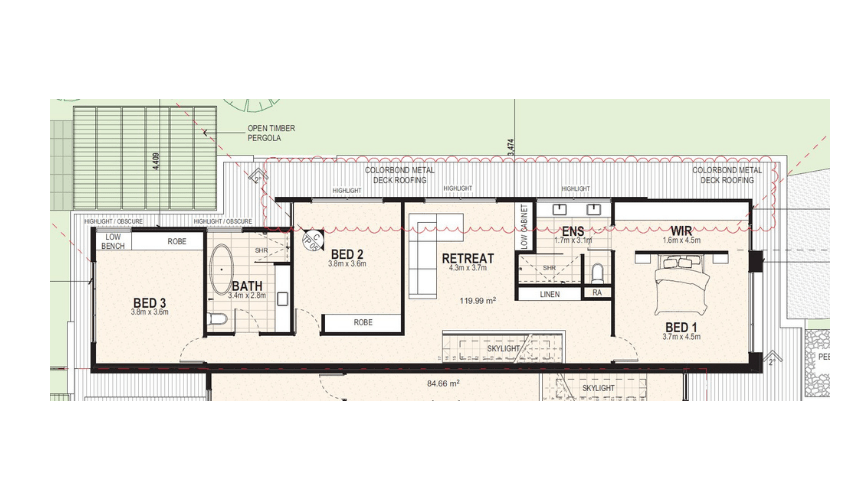
When they search for ” 3D rendering for interior design” they are subconsciously looking for a tool to solve these three problems. They aren’t looking for a vendor; they’re looking for a business partner.
2. The Pitch Makeover: From Technical Specs to Business Solutions
Armed with this understanding, we can transform our value proposition. Let’s stop leading with what we do and start leading with what we solve for them.
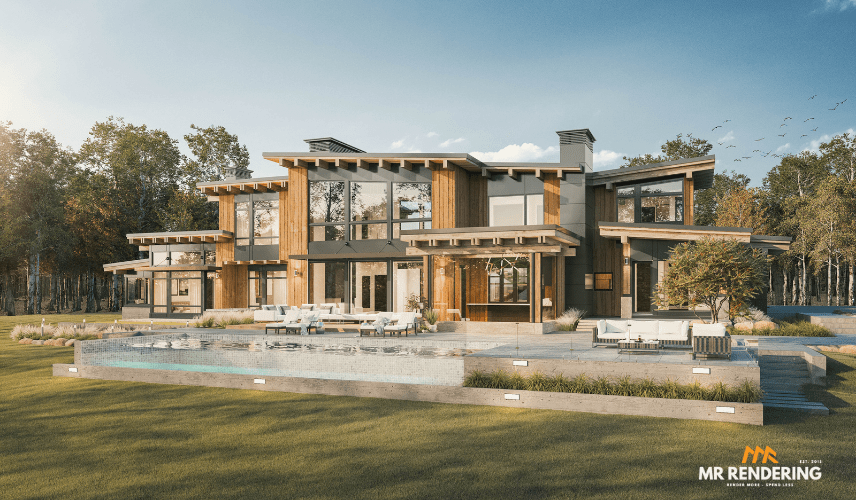
OLD PITCH: “We provide high-resolution, photorealistic 4K renders with two rounds of revisions.”
Why it fails: This forces a price comparison. It’s about our features, not their needs.
NEW PITCH: “We create visual tools that get your design concepts approved in the first meeting.”
Why it works: This speaks directly to their Client Persuasion Problem. You’re not selling an image; you’re selling faster approvals and more confident clients.
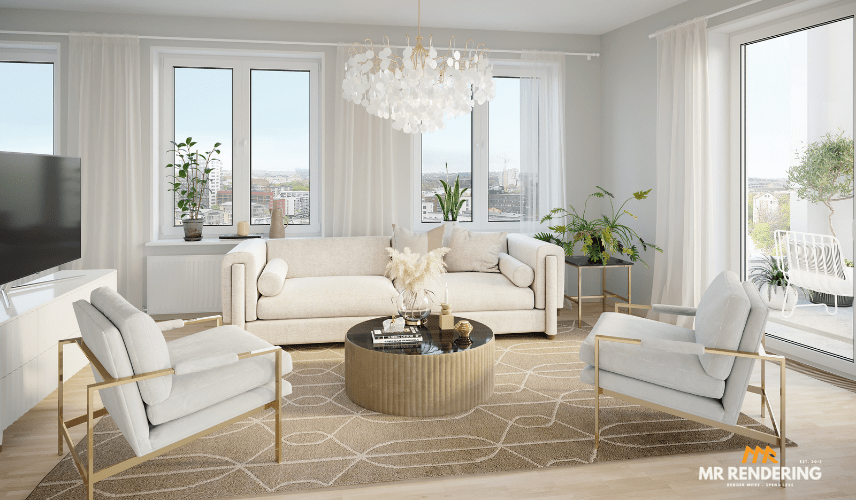
OLD PITCH: “Our team is skilled in V-Ray and Corona, ensuring realistic lighting and textures.”
Why it fails: Your client doesn’t care about the software. They care about the outcome.
NEW PITCH: “Our process acts as a virtual sandbox, allowing you to test every material and lighting choice risk-free. This eliminates costly real-world mistakes and protects your project’s profitability.”
Why it works: This addresses their profitability problem. You’re not selling technical skill; you’re selling risk mitigation and financial peace of mind.
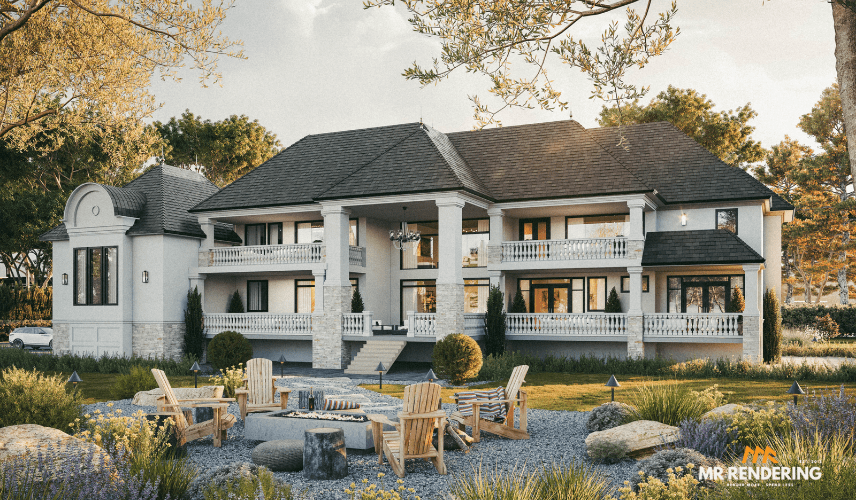
OLD PITCH: “We can create any custom furniture model you need.”
Why it fails: This is a feature, not a benefit.
NEW PITCH: “We help you build a stunning portfolio of unbuilt concepts, allowing you to break into new markets—like luxury hospitality or commercial retail—and attract the clients you’ve always wanted.”
Why it works: This directly solves their growth problem. You’re not just a production house; you are their strategic marketing partner.
3. Elevating the Industry: Why This Shift Benefits Us All
When we, as an industry, move the conversation from cost to value, everyone wins.
- Breaks Commoditization: By positioning 3D rendering for interior design as a strategic business tool, we elevate it from a “nice-to-have” expense to a “must-have” investment. This allows all of us to command higher prices that reflect the immense value we create.
- Builds Stronger Partnerships: A client who sees you as a partner in their success is more likely to bring you repeat business and refer you to their network. The relationship becomes collaborative, not transactional.
- Attracts Better Projects: When you speak the language of business results, you attract clients who think in those terms—clients who are more organized, have bigger budgets, and are focused on quality.
Conclusion: Are You a Vendor or a Partner?
The future of our industry doesn’t lie in faster render farms or more realistic shaders alone. It lies in a fundamental shift in how we perceive our own value. We are more than just 3D artists; we are growth catalysts for our clients.
By understanding their deepest business needs and framing our services as the solution, we can break free from the downward spiral of price competition. It’s a philosophy we’ve put at the core of MR Rendering Studio where we’ve seen firsthand that a partnership approach leads to better projects and stronger results for our clients. This shift allows all of us to build more profitable studios, work on more inspiring projects, and earn the respect that our craft deserves.
The choice is ours: continue to sell renders, or start selling results

Content Writer, Copy Writer
As a passionate content writer, Hoang Phuong specializes in creating high-quality, compelling narratives around 3D rendering and architectural visualization. Leveraging deep industry knowledge, Phuong excels at delivering information that is not only clear and creative but also genuinely inspiring, fostering stronger connections with clients and fellow professionals alike.



